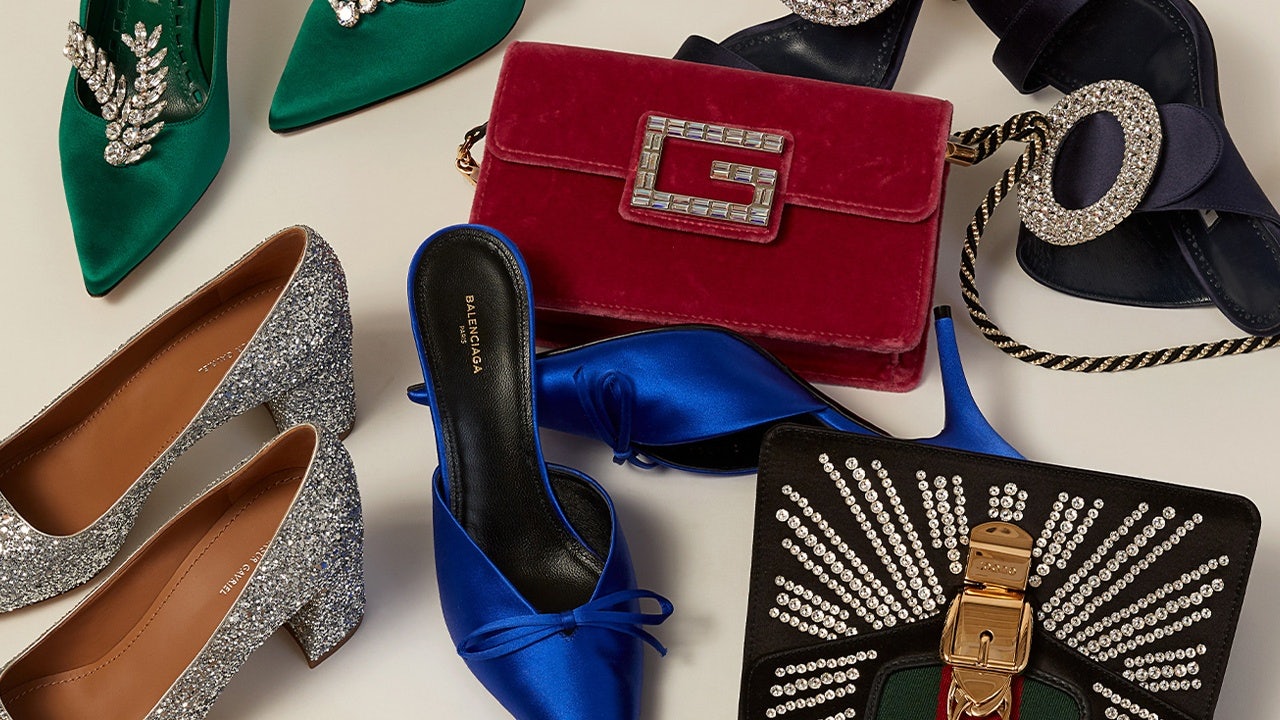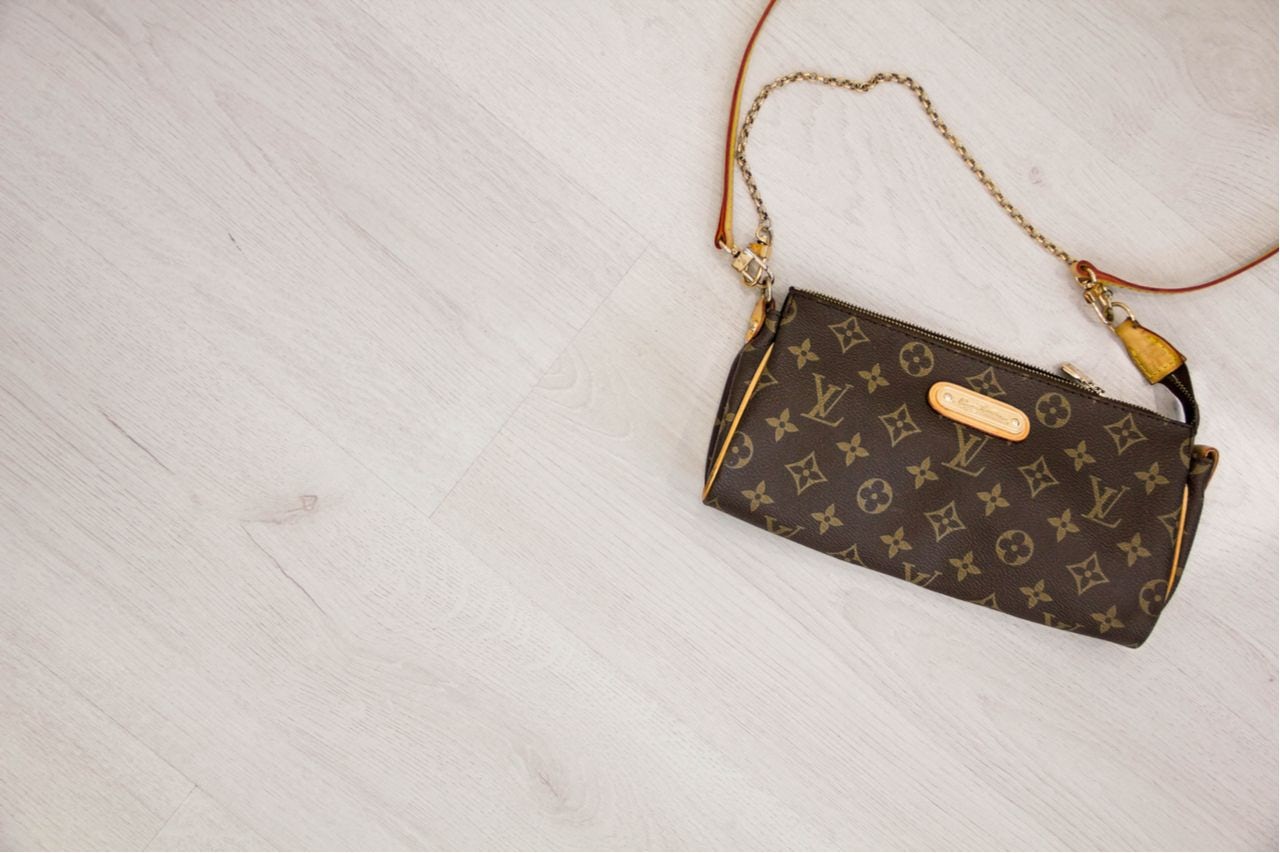Second-hand luxury shops are no new sight throughout East Asia, having proliferated in Japan before spreading to South Korea and, later, Hong Kong and Taiwan from the 1970s through the 1990s before gradually taking root in mainland China over the past 20 years. But it is only in the last decade or so that buying used luxury items has gone mainstream, and ultimately gone online — first through nationwide chains like Milan Station (and its many similarly named knockoffs), and more recently via apps like Beijing-based Plum.
Despite continued growth, mainland China’s second-hand luxury market is a drop in the bucket compared to total high-end spending. But that is changing, albeit slowly, and driven by younger consumers eager to get their hands on items snapped up during the country’s “luxury glut” of 2008-2018.
The challenge now, as it has been for years, is for second-hand luxury sellers to build confidence that they’re selling the real thing. As Jing Daily noted in 2017:
On the whole, Chinese consumers have not yet cottoned to the concept of second-hand luxury, as a recent opinion writer noted in a piece on the Chinese site Tencent, which cited this lack of wide acceptance as a major obstacle for further growth of this sector in China. Due to the relatively short history of luxury consumption in the country, the majority of domestic consumers still prefer to purchase new luxury goods and look down on the value of second-hand goods.
Typically, articles focused on China’s second-hand luxury market stick to a well-worn thesis: that there is a cultural component for Chinese consumers turning their noses up at used high-end items. But younger shoppers, in particular, have shown themselves to be completely resistant to pigeonholing and don’t behave in any way similar to the luxury consumers who preceded them in the 1980s through the early 2000s.
Their biggest concerns are price and authenticity — getting real second-hand items for a good price. As such, this is where the opportunity for second-hand luxury startups has lain, and where they’re investing their time and energy.
While by no means the only company in the mix, two-year-old Beijing startup Plum, which recently closed its 20 million Series B round, has gained the attention of investors, media, and consumers by using a consignment model similar to that employed by its older American counterpart, The RealReal. Following a relaunch this September with a new Chinese name, “Hong Bu Lin” (红布林) and other in-app upgrades, Plum, while only a fraction of the size of The RealReal, is likely looking to chart a similar growth pattern but avoid some of the recent issues that have caused jitters in The RealReal’s stock performance in 2019.
Paramount among consumers interested in second-hand luxury is authenticity. Despite a small army of in-house authenticators, The RealReal has been dogged by stories of counterfeit items sold on the platform, as well as overly damaged or mislabeled products. The company has moved quickly following bad press to insist that its authentication processes are evolving and improving, but authenticity is — and will remain — the biggest challenge in selling second-hand items.
Chinese resellers like Plum appear keenly aware that domestic shoppers will put any items under a microscope and have no compunction blowing up the company on social media. The company also knows that consigners themselves need to have faith in the company before sending their items off for listing. As such, Plum has taken to collaborations to build up their stock and put shoppers’ minds at ease, working with Japanese vintage retailers to build supply and take advantage of the good reputation of Japanese second-hand shops in Greater China.
As Jing Daily pointed out earlier this year, taking the Japan-cred route is a shortcut used by other startups like Liwo. According to founder Zhao Depeng, Japan sets an example for China in terms of how to develop second-hand luxury businesses and nurture consumer awareness.
The second challenge faced by second-hand online retailers remains obtaining and selling stock in good condition, and convincing customers that they’ll get what they expect. Plum, for one, has jumped on China’s red-hot live-streaming trend by showcasing products in a way that lets potential buyers ask questions to live-streaming hosts and purchase items in real-time. (Something you don’t see on American sites like The RealReal.)
While it’s a common refrain that Chinese consumers aren’t ready for, or interested in, second-hand luxury, all signs point to continued market growth next year. Quite simply, younger consumers in China have already shown themselves to be completely different from their predecessors in terms of the brands they like, the way they mix and match, their style influences, and the way they shop — e.g., via live-streams instead of waiting in line on the Champs-Élysées.
There’s also a greater amount of potential supply than ever available in the China market, following well over a decade of global shopping sprees, and undoubtedly plenty of consigners eager to clear their closets and make some cash amid a slowing and uncertain economic outlook. As Jing Wu, a partner at Qiming, recently told the FT, “Chinese customers have accumulated large sums of luxury and fashion products. A lot of them are only lightly used or have never been used… The younger generation with limited cash is much more receptive to fashion resell.”
Provided startups like Plum can put consumers’ and consigners’ minds at ease, sustainably build inventory and introduce strict authentication controls while latching onto key trends (like live-streaming) beloved by the 18-35 crowd, the market can only continue to gain strength in the year ahead.


